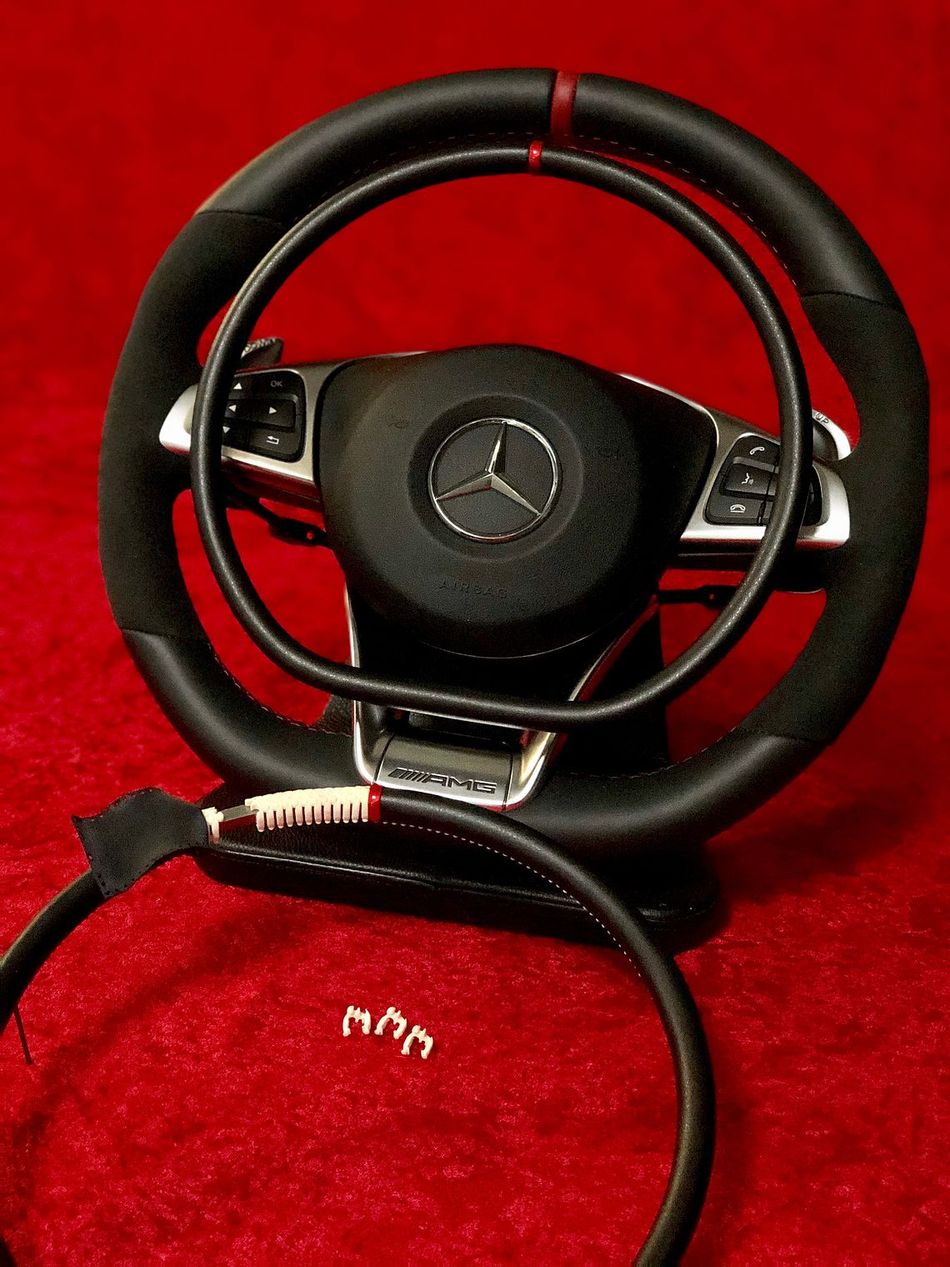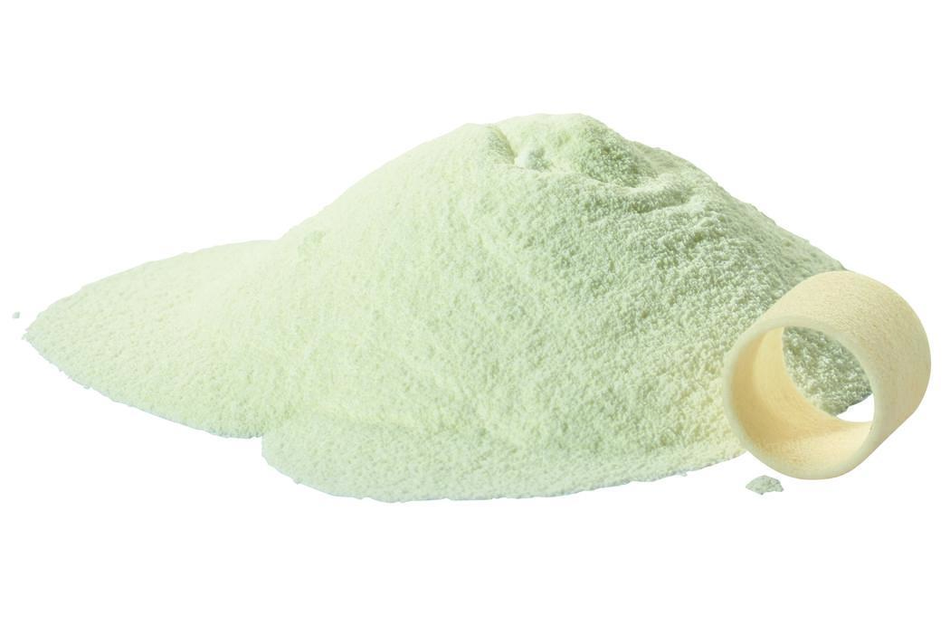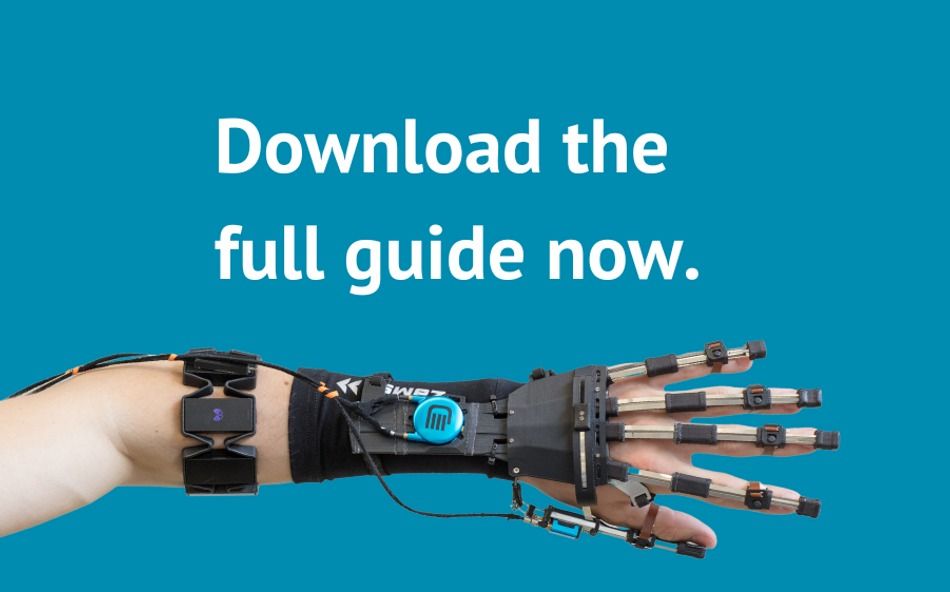3D Printing an Award-Winning Steering Wheel Aid with Wear-Resistant SLS Powder
Article #3 of The Engineer’s Guide to 3D Printing with Wear-Resistant Plastic Materials.
This article is a chapter from our comprehensive report on 3D printing with wear-resistant plastics. If you're interested in diving deeper and accessing the full report, we invite you to download it here. Gain a holistic understanding and benefit from the complete insights we've gathered. Don't miss out!
Enabling mobility
Since its founding in the 1950s, German company KEMPF has helped over a hundred thousand people with limited leg mobility to drive by retrofitting vehicles with its driving aids. Among the company’s most game-changing products is the Darios accelerator ring, which enables drivers to control an automatic vehicle’s acceleration with their hands using a subtle steering wheel attachment.
Understandably, the innovative driving aid has changed a lot since it was first invented by KEMPF founder Hans Kempf over half a century ago. The KEMPF team has been continually updating the device’s design and production to reflect automotive design changes and technological advances.
The most recent iteration of the accelerator ring, the Darios 211, was designed to fit the increasingly popular flat steering wheel design. Flat steering wheels are characterized by a “D” shape and are inspired by racing cars. Understandably, the KEMPF team wanted to make an accelerator ring that would match the shape of these new steering wheels for both aesthetics and function.
However, the redesign process for the flat accelerator ring introduced an obvious challenge for KEMPF engineers: how to retain the device’s freely rotating sleeve despite the ring no longer being perfectly round. In the end, a solution was reached thanks to the use of SLS 3D printing and igus specialized 3D printing materials, making Darios 211 the first flat accelerator ring in the world.
Reinventing the wheel

Faced with the challenge of designing a new accelerator ring with a flat bottom, the KEMPF team turned to the 3D printing experts at igus, whose slide-optimized 3D printing materials and 3D design knowledge helped facilitate a solution.
The final ring design comprises over 200 3D printed elements that are flexibly joined together to form a sliding ring over the device’s metal core. These elements, printed using SLS technology, are made from iglidur i3, an abrasion- and wear-resistant powder engineered specifically for sliding applications.
3D printing proved to be the right manufacturing technology to create the innovative driving aid for a number of reasons. For one, the design of the ring included a fairly complex geometry made up of several undercuts, which would have been near impossible to achieve using conventional injection molding (not to mention too expensive). 3D printing also allowed for the direct production of the accelerator ring slider, eliminating steps in the production process, such as tooling, which inevitably add time and costs.
Moreover, igus was able to 3D print several hundred sliders in a single build and could deliver parts in as little as 24 hours.
On top of the many benefits SLS 3D printing brought to the table, one of the most important reasons that KEMPF’s flat ring slider was a big success was igus’ iglidur i3 powder bed fusion material.
Spotlighting iglidur i3 powder for SLS
By far the most used material in igus’ 3D printing service, iglidur i3 is a polymer powder engineered specifically for sliding applications. The material’s properties are possible thanks to the addition of solid lubricants, which make it suitable for many use cases, like sliders, rollers, racks, spur gears, bevel gears and much more.

The SLS powder also boasts excellent abrasion resistance, performing as much as 30 times better than conventional SLS materials in tribological tests. This is in addition to high wear resistance, strength, and good printability. Like all of igus’ 3D printing materials, iglidur i3 is an open material and is compatible with most CO2 laser sintering machines.
The material’s low friction and wear resistance were vital to KEMPF’s use case. In comparison to standard 3D printing materials, the iglidur i3 performs twice as well in the rotating friction test, due to the solid lubricants integrated into the material.[1] The primary function of the 3D printed accelerator ring cover is to rotate freely and smoothly over the internal flat ring, which requires a certain degree of lubrication. The sliding-optimized 3D printing material was therefore the perfect choice, ensuring low-friction without requiring any maintenance or additional lubricants.
It’s worth pointing out that KEMPF driving aids come with a 30-year guarantee, so every component inside the accelerator ring must be of the highest quality and durability. The 3D printed components of the ring are also permanently installed within the driving aid’s sleek leather sleeve, so cannot be regularly maintained. In other words: it has to function perfectly.
Thanks to the combination of iglidur i3’s unique material properties and the innovative 3D printed design behind the flat ring accelerator, KEMPF and igus succeeded in creating a product which was recognized with the bronze manus award at Hannover Messe Trade Show in 2019. This award, which igus brought to life more than 20 years ago, celebrates outstanding and innovative sliding applications using igus bearings (injection-moulded or 3D-printed).

Accelerated production times and lower costs
In the end, igus’ low-friction polymer powder was uniquely qualified to make the first flat accelerator ring a reality. In collaborating with igus and leveraging its 3D printing service, KEMPF not only met the technical requirements for its new Darios 211 product (including flat ring design, sliding capabilities, and durability) but also benefited from faster lead times, cost savings, and production agility.
The 3D-printed ring components were produced by igus at its 3D printing facility in Cologne, and igus was able to meet KEMPF’s production volume (of over 10,000 units) in under 48 hours. Compared to conventional manufacturing methods like injection molding (which would also have been limited by the complexity of the part’s design), 3D printing saved KEMPF time and money by eliminating the need for tooling.
The Engineer’s Guide to 3D Printing with Wear-Resistant Plastic Materials
Explore the transformative world of 3D printing as we delve into the intricacies of using wear-resistant plastic materials. This guide offers engineers a comprehensive overview of material properties, applications, and best practices. Unlock the potential of durable plastics and revolutionize your manufacturing processes.
About igus
igus is a manufacturer of high-performance polymers for movement, based in Cologne (Germany). We have been developing and producing so-called motion plastics, innovative products made from...




